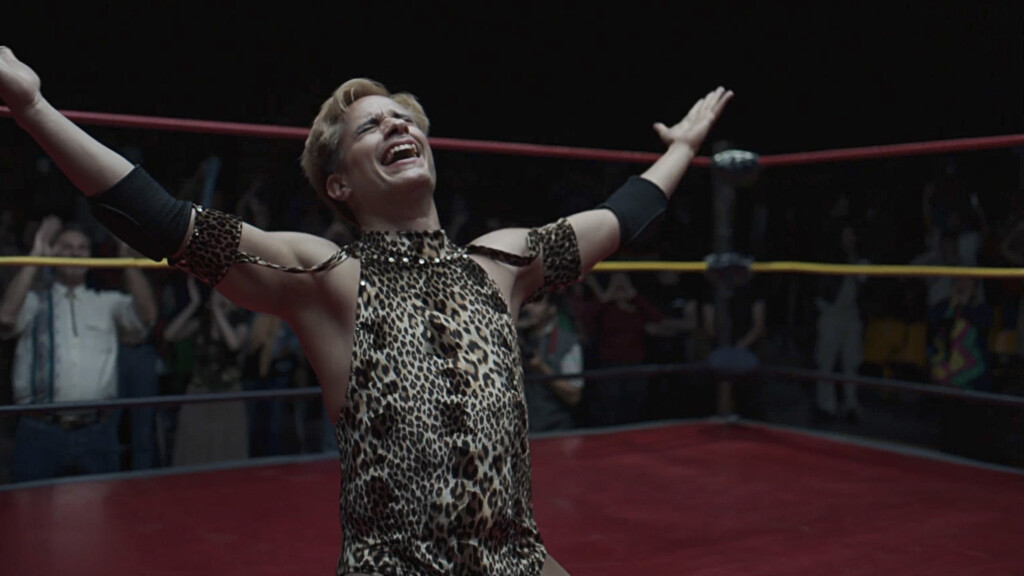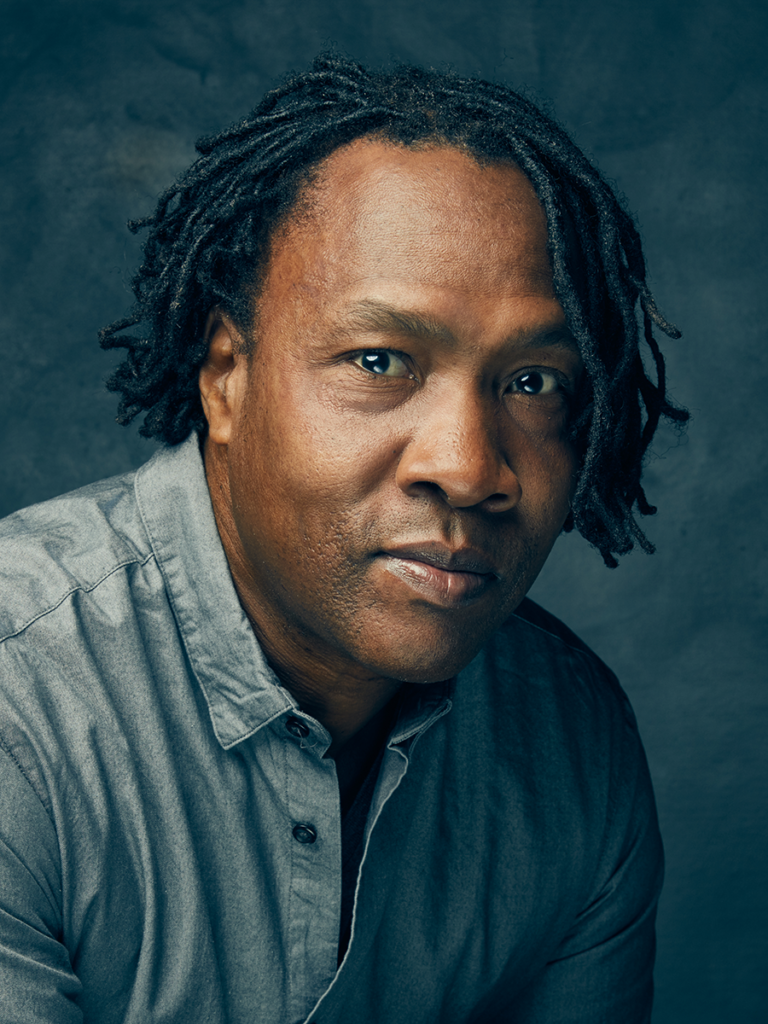“In lucha libre, the truly important matches, the bouts that make up one’s official record, are not even world championships,” William Finnegan wrote in a 2014 feature for The New Yorker magazine about Saúl Armendáriz, a gay wrestler who revamped the role of the exótico luchadores as Cassandro. “They are, rather, Mask vs. Mask matches, or Hair vs. Hair, or Hair vs. Mask. Luchadores wager their masks or their hair on the outcome of a fight. The mask is the more serious wager. When a wrestler is defeated and unmasked, his face is seen by the public for the first time. His name and his birthplace are published in the papers. His mask, which symbolized his honor, is retired and cannot be used again.”
Finnegan’s article with the title The Man Without A Mask drew documentarian Roger Ross Williams’ attention. Williams, an Academy Award winner and a documentary filmmaker whom Sundance audiences know well, made a short about Armendáriz as Cassandro. Crossing the genre bridge, Williams decided to make his directorial debut with a narrative feature based on Armendáriz’s experiences of punching holes and bringing new light into a sport entrenched in its traditions and surrounded by homophobia.

The premiere of Cassandro at Sundance has gone very well. Williams, who has demonstrated how to craft good stories in documentaries such as Life, Animated and the profoundly heartfelt docuseries High on the Hog for Netflix, made the transition elegantly and memorably. The film, which was shot in El Paso, resonates with a sincere, authentic portrait of Armendáriz’s legacy as lucha libre’s most famous exótico, starring an actor who also is well known to Sundance audiences: Gael García Bernal. In Park City, Armendáriz, now in his fifties and still recovering from a severe stroke, appeared on stage with García Bernal.
Williams lets the natural comedic elements unfold naturally, while crafting the credible sensitive emotional arc to enrich the narrative without seeming gratuitous. The major production collaborators underscore the point. Among them was La Corriente del Golfo, the production company of García Bernal and fellow actor Diego Luna, which signed first-look deals with Amazon Studios in 2020. This amplified the genuine Mexican cultural elements of the film. Williams and co-writer David Teague, who has worked with Williams previously as an editor, penned the screenplay. The cast includes newcomers, most notably, Perla de la Rosa as Cassandro’s mother. And, there are celebrity cameo appearances. Reggaeton singer Bad Bunny — Benito Antonio Martínez Ocasio — plays a member of a drug dealer’s operation who is curious enough about Cassandro to share a brief kiss in one scene.
And, then there is the pleasant bonus appearance of Hijo del Santo, one of lucha libre’s most famous names. In 1991, just before Cassandro would turn 21, he lost a match to Hijo del Santo. The narrative scene with Cassandro (this time, with García Bernal who trained and handled all of his wrestling stunt scenes in the film) and Hijo del Santo is a unique gesture of historical reconciliation and affirmation, representing how one of lucha libre’s preeminent competitors validated the contributions and presence of Cassandro. The story is set in the dual urban centers of Cassandro’s life — El Paso, Texas, and Ciudad Juárez, Mexico.
The roles in lucha libre had been straightforward. The good guys were the técnicos and the bad ones were the rudo. The third was the exótico. Depressed that as El Topol he has never won a match, Armendáriz heeds the advice of his trainer (Sabrina, played by Roberta Colindrez) who suggests that he transforms himself to a drag star — an exótico who competes without wearing a mask. Typically, an exótico is never supposed to win a match and is advised to do everything to follow through in the ring. But, Sabrina tells the ringmaster that Cassandro intends to win. Taking the cue of the crowd’s enthusiasm for Cassandro, the promoter rigs the matches to allow the exótico to win. Cassandro’s path eventually takes him to Mexico City, where he fights Hijo del Santo.

Likewise, his personal life also is challenged by his newfound fame as Cassandro. While he wins his mother’s approval, things are much more complicated with his father (Robert Salas). Nine years ago, Armendáriz told Finnegan about his parents’ reactions to his identity. “‘My dad was a machista,’ he said. ‘He did not want a gay son.’ His father, a truck driver, drank; he beat Saúl’s mother. They divorced when Saúl was thirteen. Other kids were also rough. ‘Boys in the neighborhood, including my own relatives, used me as a sex toy.’”
In the film, Cassandro falls in love with another luchadore — Gerardo who competes as El Commandante (Raúl Castillo). Gerardo, who is married and on the down low, is conflicted. As Cassandro’s fame expands, Gerardo cannot continue his romantic relationship with Cassandro because it likely will not remain a secret for much longer. The dynamic in their scenes is reminiscent of the fragile yet deep love Jack Twist and Ennis Del Mar shared in the story of the 2005 film Brokeback Mountain.
Every element of the film falls into the intended thematic vision Williams realized, including J.C. Molina’s production design, costumes by Mariestela Fernández and a first-rate soundtrack score with plenty of plaintive horn sounds by Marcelo Zarvos.
For more information on festival screenings and tickets, see the Sundance website.
